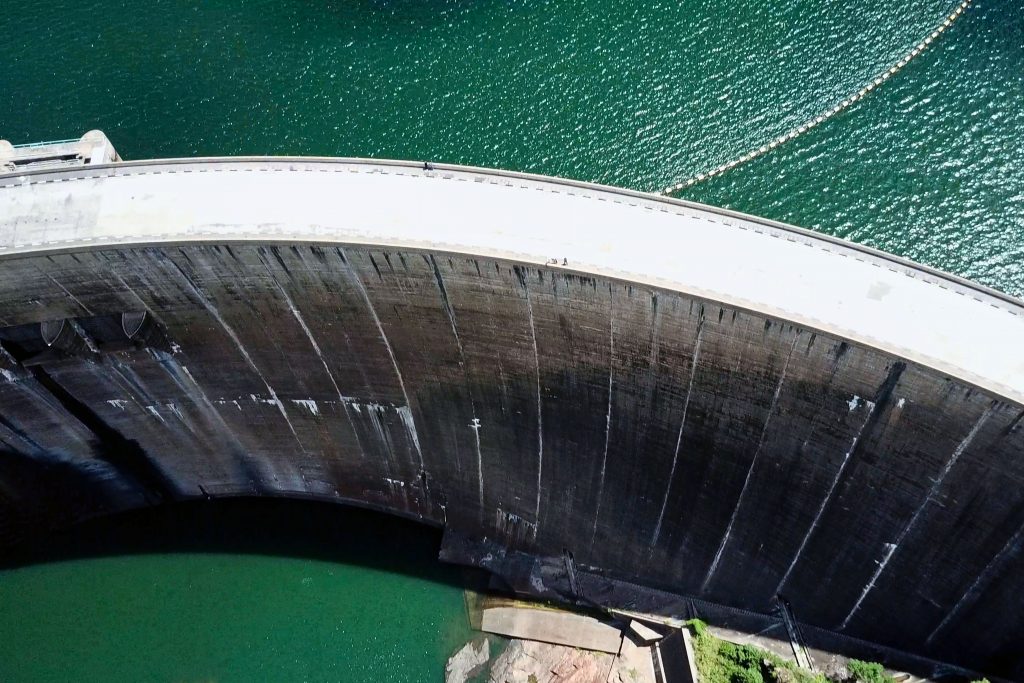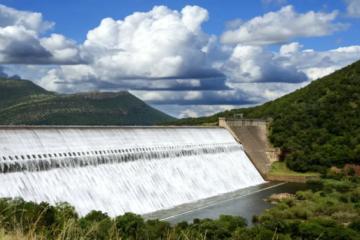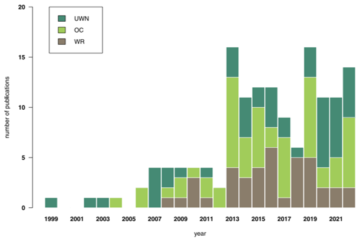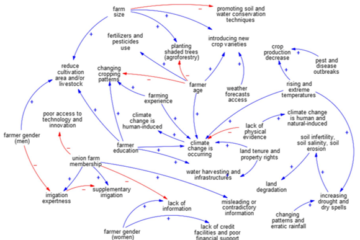On the advantages of jointly designing dam size and operations: a new paper on Earth’s Future
Published by Andrea Francesco Castelletti on

Globally, many countries are actively seeking to maximize the hydropower potential of major river basins, yielding proposals for constructing approximately 3,700 major dams in the near future. At present, economic cost‐benefit analyses are the dominant approach for evaluating candidate dam designs. Yet they typically fail to explore the interdependence of dam design and operation by (i) monetizing and aggregating potentially conflicting and heterogeneous objectives into a single metric and (ii) using predefined operating rules aimed at maximizing specific performance objectives for the dams to be designed. Careful consideration of alternative reservoir operating schemes can help to avoid biases in how optimal dam sizes are identified while also clarifying their capacity to adapt to changing hydroclimatic conditions and human demands. This paper presents an integrated framework to solve coupled dam sizing and operation design problems. The framework combines Multiobjective Robust Decision Making and Evolutionary Multiobjective Direct Policy Search into a novel approach to dam sizing, which internalizes the operation design problem and explicitly considers uncertainty in external drivers. We demonstrate the potential of this integrated dam design framework through an ex‐post design analysis of the Kariba dam in the Zambezi river basin. Our results show that careful exploration of the coupled planning/operation search space yields designs that significantly outperform the existing Kariba system. Moreover, we demonstrate that our framework leads to a significant reduction in capital costs (i.e., smaller reservoir sizes) while simultaneously improving system robustness with respect to changing hydroclimatology and human irrigation demands. More HERE.


